|
|
||
|
A
Flicker-free Temporally Consistent Enhancement Method for Improving
Video Contrasty
|
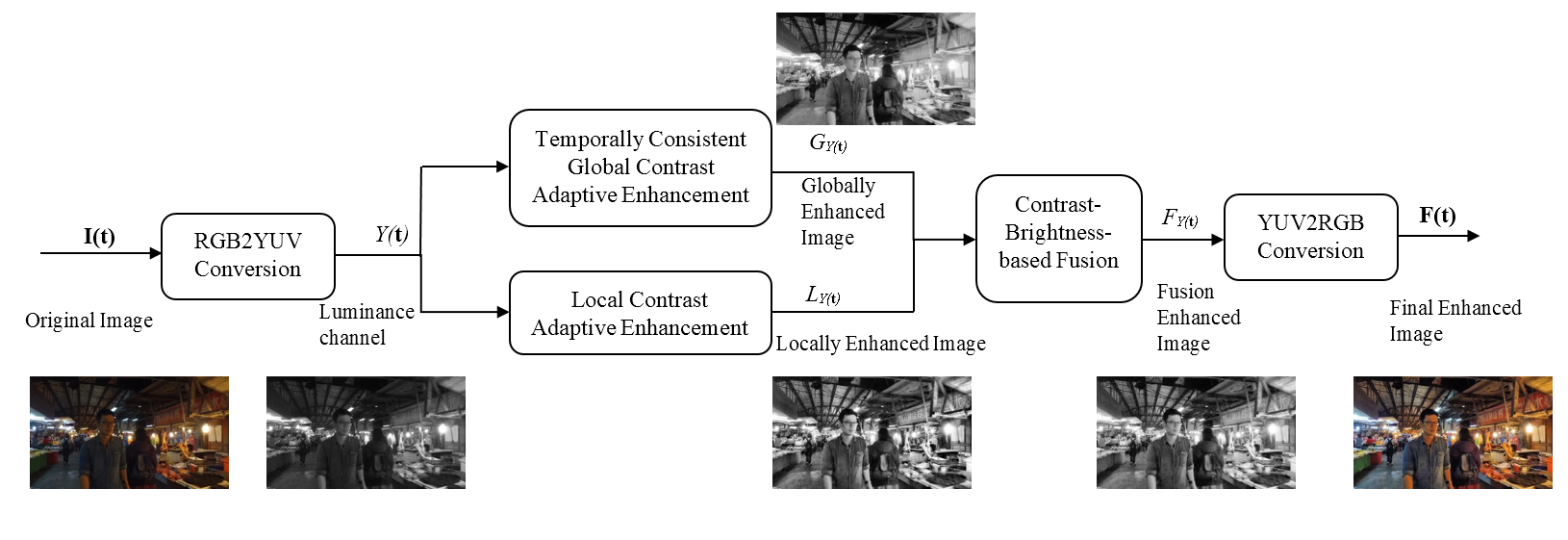
| Abstract | |
|
Video enhancement is a very
challenging work, which is a much more difficult task than image
enhancement. Video enhancement is aimed to not only improve the visual
quality of videos but also do not produce some side problems. It is not
a good solution to directly apply the existing image enhancement method
to processing video frames one by one. Because this kind of operation
maybe result in flickering among the frames in the considered video. In
order to obtain better-enhanced results for videos, we proposed a
temporally consistent contrast enhancement method. Firstly,
the video frames are converted from the RGB color space to the YUV
color space. Then, the Y channel of each frame is enhanced by both
global adaptive enhancement method and local adaptive enhancement
method. The key technique is that temporally consistent is considered
in the global method since global enhancement methods often produce
flickering when they are used to enhance each frame independently.
After that, a fusion enhanced Y channel is obtained with the global
results and the local results. Finally, the enhanced color image is
produced via YUV-RGB color space conversion. Experiments demonstrate
the proposed method outperforms other algorithms in terms of contrast
improvement, color image visual quality, and flickering suppression.
|
| Comparison Methods | |
|
The comparison algorithms
include Arici et al.'s contrast enhancement method using Histogram
Modification Framework (Arici’09) [1], Rivera et al.'s content-aware
enhancement via channel division (Rivera’12) [2], and Ying et al.'s
Bio-Inspired Multi-Exposure Fusion framework for image enhancement
(Ying'17) [3].
|
| Results | |
|
Some examples are shown to
subjectively compare the performances of these enhancement algorithms.
The contrast improvement and detailed information preservation are
considered in the comparisons.
|
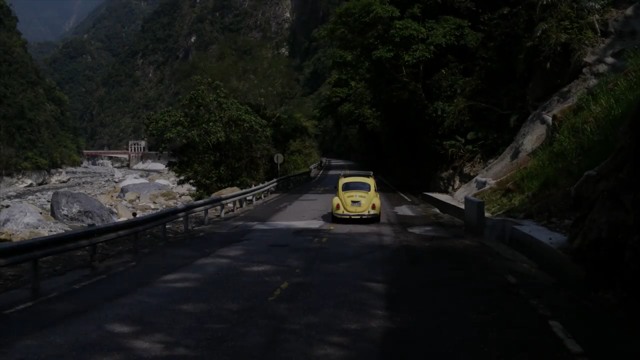 |
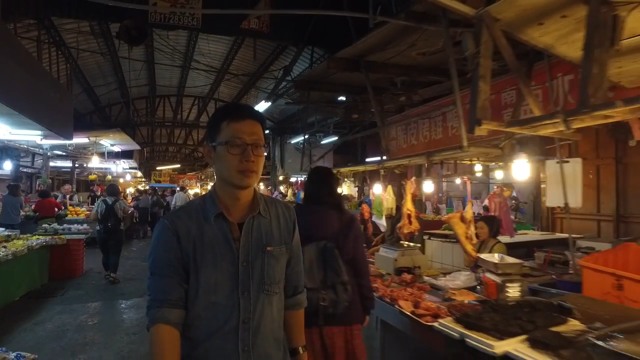 |
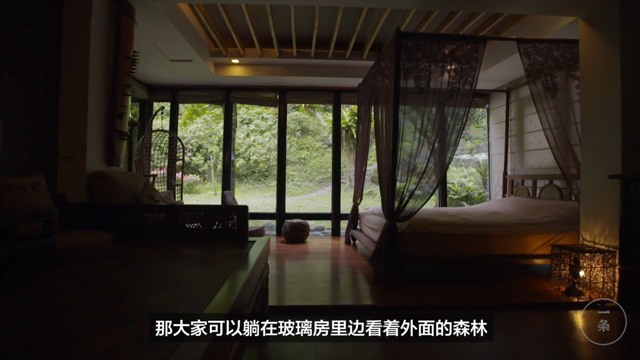 |
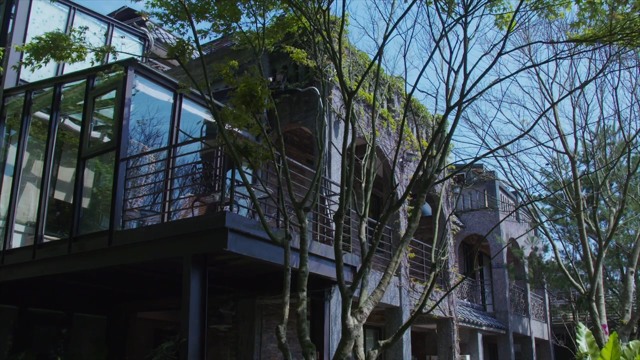 |
Top-left: Arici’09, Top-right: Rivera’12, Bottom-left: Ying’17,Bottom-right: Proposed.
.Avi (42 MB)
Top-left: Arici’09, Top-right: Rivera’12, Bottom-left: Ying’17,Bottom-right: Proposed.
.Avi (53 MB)
| References | |
|
[1]T. Arici, S. Dikbas, Y.
Altunbasak, A histogram modification framework and its application for
image contrast enhancement, IEEE Transactions on Image Processing, 18
(9) (2009) 1921–1935.
[2] A.R. Rivera, B. Ryu, and
O. Chae. Content-aware dark image enhancement
through channel division. IEEE Transactions on Image Processing, 21(9)
(2012) 3967–3980.
[3]Z. Ying, G. Li, W. Gao, A
bio-inspired multi-exposure fusion framework for lowlight image
enhancement, arXiv preprint (2017) arXiv:1711.00591.
|